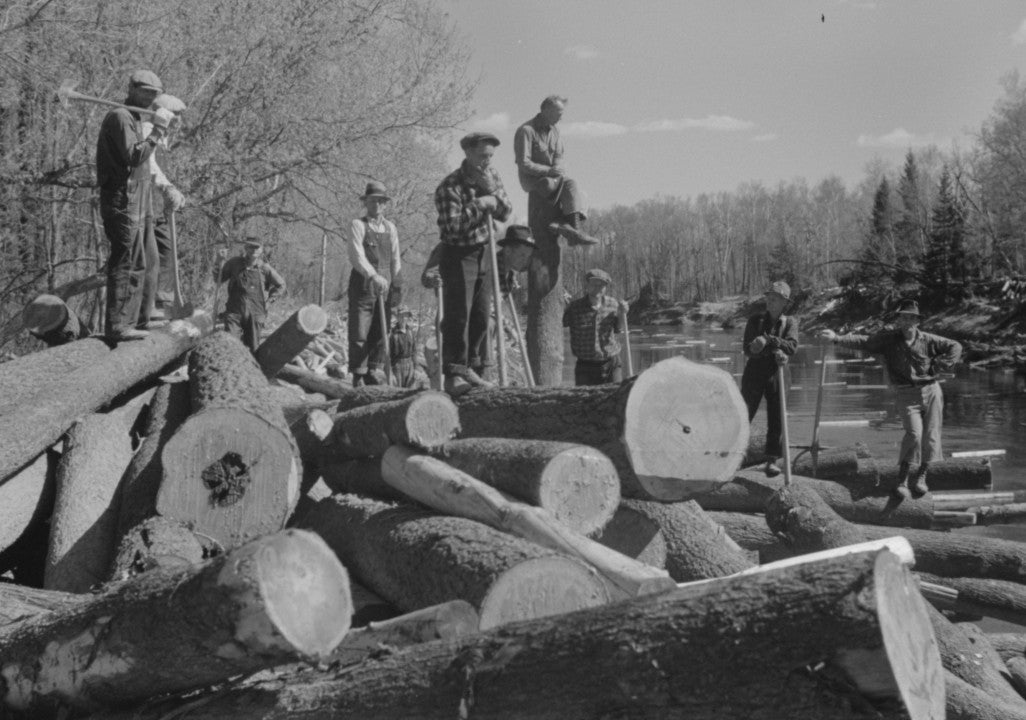It’s a bookstore with a history and it will soon become a part of history.
The Chinook Bookstore, a Colorado Springs landmark, is closing its doors after 45 years.
I know the book store well. As a Colorado College student, I would sometimes walk down Tejon find a well-worn chair near the photography section and sift through the hundreds of books about photography. I could never get enough. A lot of times, I went into the bookstore with the intention of browsing briefly and left hours later.
This book store was once referred to as the ‘best bookshop in the USA’ by Town & Country magazine. But that was 1975, before the internet and before behemoth book chains gobbled up so many independents.
A couple of weeks ago, I was assigned to photograph the owners, Dick and Judy Noyes, now in their seventies and retiring from the business. We met at the store, which was selling off all of its inventory and getting ready to close its doors.
The bookshelves were nearly empty and as I made portraits of them and the comings and goings of staff, my eye caught an empty section of bookshelves. It was the same section I was always drawn to as a student.
There, sitting alone on a shelf was, ‘In this Proud Land, America 1935-1943 as seen in the FSA photographs’ by Roy Emerson Stryker and Nancy Wood.
The cover showed a picture of a migrant mother by FSA photographer Dorothea Lange. It is an icon of the time and of the collection which was produced by a handful of documentary photographers under the direction of Stryker during the Farm Securities Administration.
I was fascinated by the book. After finishing my assignment, I paid all of $13.50 for it. It was clearly marked USED.
The book contained a selection of 200 photographs from Stryker’s personal collection from the FSA project.
Stryker’s FSA project generated 270,000 images, sparked the careers of a handful of photographers and helped to give rise to pictures magazines such as LIFE.
We might not appreciate it today, but the roots of contemporary photojournalism are deeply embedded in the approach of the FSA photographers, the editing and direction of the project by Stryker and the subsequent body of work that became known as the FSA photographs.
In the introduction to the pictures, Stryker is clear about what purposes he believes photography serves. He also shared strong opinions on the difference between the FSA project and the news photography and photojournalism of magazines that would come later.
It was like Stryker was imparting a wisdom about the contribution of photography to history. He was also imparting advice to those who wish to document history in pictures.
‘Too many times nowadays the picture is expected to tell the whole story, when in truth there’s only one picture in a hundred thousand that can stand alone as a piece of communication,’ he writes.
And, he continues: ‘... the news picture is a single frame; ours, a subject viewed in a series. The news picture is dramatic, all subject and action. Ours shows what’s back of the action. It is a broader statement — frequently a mood, an accent, but more frequently a sketch and not infrequently a story.’
The pictures in the book are salient and represent both a period of history and, more intimately, the proud lives of the people who were quietly living through the depression.
‘We introduced Americans to America...(the work) helped connect one generation’s image of itself with the reality of its own time in history.’
I was struck by his comments and how they relate to my own career in photojournalism.
Pictures, ultimately, have a life of their own. They help to identify a period. They are representative of our uniquely American experience, and of the values we hold.
What contributions can photographers make today to help show our period and the people living in it, I wonder? Can we continue to show America to itself and with the honesty that Stryker insisted on from his own photographers?
During an interview with co-author Colorado Springs resident and writer Nancy Wood later in the book, Stryker gives us a clue.
‘It can’t happen again. But something new will happen. Something different. I wish to hell I could be around to do it.’
I wish he were around to do it too. I wish I could have had an opportunity to work with him. He was an editor that understood what photography could become and how photography functions within the fabric of history.
I don’t think Stryker has to worry too much about his own contribution to photography though.
His influence can be traced in today’s pictures and in today’s picture projects. It can be found in the approach many photographers bring to their work.
Stryker is still influencing picture editors, I’m certian. Specifically, those that consider a longer view, outside the daily or weekly deadlines of many publications.



